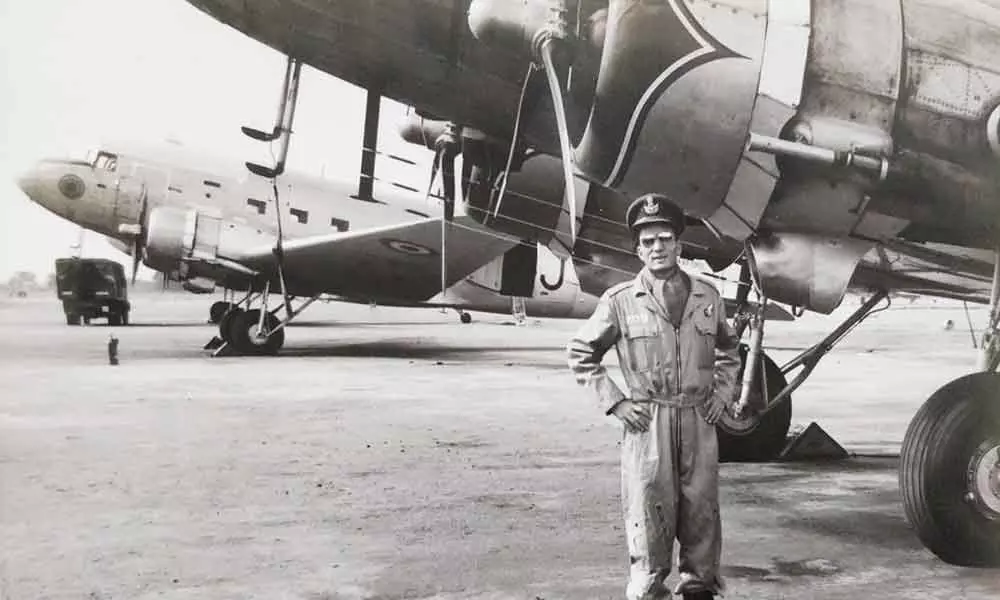Pilots were aware of dangers in deep strike missions, but the mood was upbeat, recalls 1971 war hero Air Vice Marshal (retd) Kapil Kak

"Some aircrew flew so low that the aircraft cruised under high tension wires and had the aircraft tail sliced, fortunately without fatalities"
It has been 49 years since the Indo-Pak war of 1971, but the memories of the events which unfolded remain etched in the minds of the soldiers who participated in the war that led to the formation of Bangladesh. As India will celebrate her victory over Pakistan, it is time to go down the memory lane.
Air Vice Marshal (RETD) Kapil Kak remembers that in 1971 war he was on Canberra deep strike aircraft and the task was to undertake night bombing missions on the Pakistan airfields.
"In the 1971 War, I was on Canberra deep strike aircraft and our task was to undertake night bombing attacks on PAF airfields, radars and enemy tank concentrations on the move headed to attack our troops. We operated from the central sector and staged through forward bases for missions both in the Western and Eastern sectors," he told The Hans India.
Remembering the days of action, Kak says the Indian Air Force (IAF) pilots were aware of the dangers inherent in deep strike missions but the mood was upbeat and dominated by courage and the indomitable will to complete the assigned missions.
As Kak puts it, "That was the overwhelming thought; life and death were not issues of any consequence.
Canberra bombers unlike fighters didn't have self defence capabilities against enemy fighters. Consequently, our missions were at night at low levels to the targets and after releasing weapon-load we would again hug the ground at low level (500 feet) fly at 500 mph and rush back to the recovery base for subsequent missions. Some aircrew flew so low that the aircraft cruised under high tension wires and had the aircraft tail sliced, fortunately without fatalities."
Kak had also participated in the India-Pakistan war of 1965. Then on American Fairchild Packet C 119 G his task involved transporting Indian troops and materials in the war theatre. However, six years later he was to again witness action.
"Apprehending possible moves by the Chinese, our troops in J&K and Eastern Ladakh had also to be kept supplied with multiple types of material. I undertook operational transport missions more or less daily in that war. This was unlike the subsequent War in 1971 in which my missions involved primarily night bombing attacks at low level," he says. In these six years Kak remarks that a degree of modernisation had taken place especially with regard to MiG 21s and surface-to-air missiles (SAMs). He opines that unlike in 1965, the armed forces chose the war timeline.
"On the other hand, doctrinally, and in terms of training and preparedness levels, we had improved substantially. Most importantly, in 1965 we were thrust into the war somewhat suddenly, in contrast to 1971 when the armed forces chose the war timeline. Prime Minister Indira Gandhi heeded their advice which allowed them nine months of preparatory time in planning for war and operational logistics to inflict a mortal blow to Pakistan. A new state of Bangladesh was created militarily—the first time such a historic development took place since World War II ended in 1945."



















